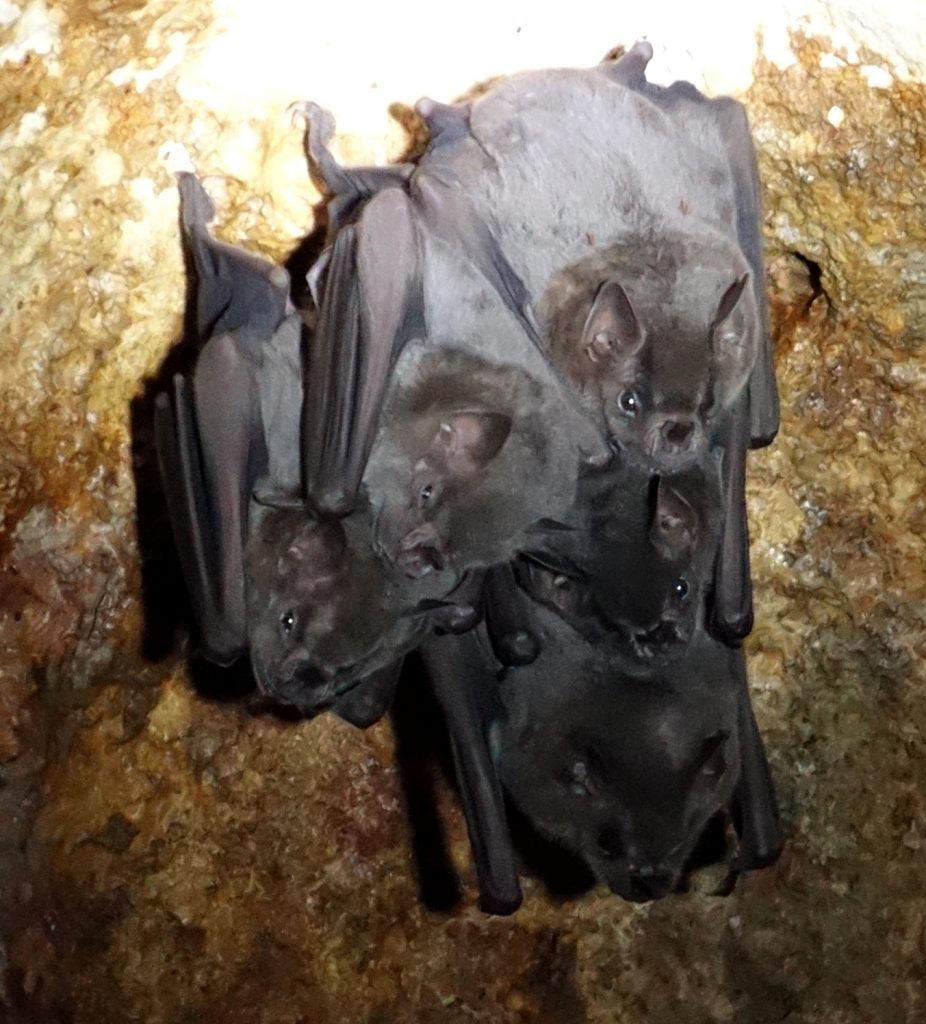Remembrance Day for Lost Species, November 30
 The little worker bee lives, I have read, about three weeks.
The little worker bee lives, I have read, about three weeks.
Is that long? Long enough, I suppose, to understand
that life is a blessing. I have found them —haven’t you?—
stopped in the very cups of the flowers, their wings
a little tattered-so much flying about, to the hive,
then out into the world, then back, and perhaps dancing,
should the task be to be a scout-sweet, dancing bee.
Extract of ‘HUM’ by Mary Oliver
November 30 is Remembrance Day for Lost Species. For a number of years now, the idea birthed by a number of artist-activists has grown to become an international day where groups and individuals host events in various places and communities to mourn and remember human-caused extinctions of animal and plant species. Participants also explore how to protect currently endangered species, and the effects of mechanisms of domination such as extractive, growing economies and legacies of colonialism, which have served as key drivers of habitat loss and associated extinction. Each Remembrance Day for Lost Species has a different focus – themes of past days included remembering extinct species like the great auk (which was native to Scotland), the passenger pigeon and the thylacine.
Today’s theme is Lost and Disappearing Pollinators. The majority of pollinators are insects. Most insect populations have undergone a dramatically noticeable decline within our lifetimes, a process George Monbiot calls ‘insectageddon‘. There are a number of factors threatening insect pollinators, including intensified land use as a result of uncontrolled expansion of urban areas and modern agricultural practices, use of pesticides, invasive non-native plants, competition with invasive non-native pollinator species, climate change, spread of pests and pathogens, electro-magnetic pollution and genetically modified crops.
As we depend on pollinators for much of our food production, a sharp decline evokes dystopian images of a Black Mirror-style future of pollinating drones and manual pollination in agriculture. A future in which the quality and diversity of plants has declined. This future is already here.
Einstein is supposed to have said that if bees disappeared from the face of the earth, humanity only has four more years to live. This is unlikely to be true. However, the decline and disappearance of pollinators –which include not only different kinds of bees but also much-overlooked species such as hover flies, butterflies, hummingbirds and even bats– has a big impact not only on our lives, but on the entire biosphere. Perhaps the most important thing we can learn from ecology is that gradual changes here and there have cumulative effects on countless species – a butterfly effect, so to say.
All this sounds pretty worrying, to say the least. So what can we practically do about it?
We need systemic solutions to change our practices and protect our pollinators, and can campaign for change in agricultural and land use policy and practices. Farmers can seek advice how to improve practices.
But there are also small practical things we can do to prevent the decline of pollinators and to restore their habitats. We can support small-scale organic producers and grow more of our own food where possible. We can avoid using pesticides. We can switch to a more plant-based diet that requires less intensive farming practices and cut out unsustainable non-essential agricultural products such as tobacco. We can plant a range of wildflowers that are particularly attractive to pollinators. We don’t even need a garden to do that – even in cities, we can scatter seeds in communal and unused spaces. We can help out in conservation projects to restore habitats for bats.
And we can learn together. In our communities and with our children, we can begin to understand what is happening and do something about it. One of the ways in which we can do this is by marking November 30 as the day to remember what was lost, what is precious how we can protect it.


I don’t know when I first grasped what extinction meant, but I might have been watching the science fiction movie Silent Running as a child:
https://en.wikipedia.org/wiki/Silent_Running
It’s good that this day keeps such great loss in mind.
Our local council seeded wildflowers around the town’s grassy areas, and this seemed to be well received locally. But it is our day-to-day, corporate, military and governmental behaviour that makes the human-made catastrophe of Silent Running an all-too plausible prospect. I guess we are all on trial for our behaviour, even if the sentence will be passed on other species.
The bee shown here is a fly, probably a hover fly.
Perhaps then it is the absence of a bee that is shown, its niche nicked.
This bee is a Hoverfly 🙂
It all comes back to the same thing causing environmental and social woes everywhere – We need to move away from capitalism where the obsession with private luxury is causing public squalor. We need a system of private sufficiency so we can all enjoy the public luxury of natural areas of beauty and unpolluted cities.
Steps individuals can take:
1 Go vegan and buy in season and local where possible a.k.a vegan Fifeish diet
2 Avoid buying products whose packaging isn’t recyclable
3 Avoid buying unnecessary, particularly plastic, crap
Steps corporations can take:
1 Become a worker/community owned cooperative
2 Stop exploitative practices, especially overseas, including unethical investments
3 Adopt cradle to cradle practises for all manufactured goods.
Steps governments can take
1 Nationalise any public service that we all depend upon. This is especially important for the banking system – we cannot have a banking system, upon which we all depend for every transaction we make, driven by profit.
2 Overhaul private ownership of land, introduce land value tax
3 Work towards enforcing cradle to cradle practices